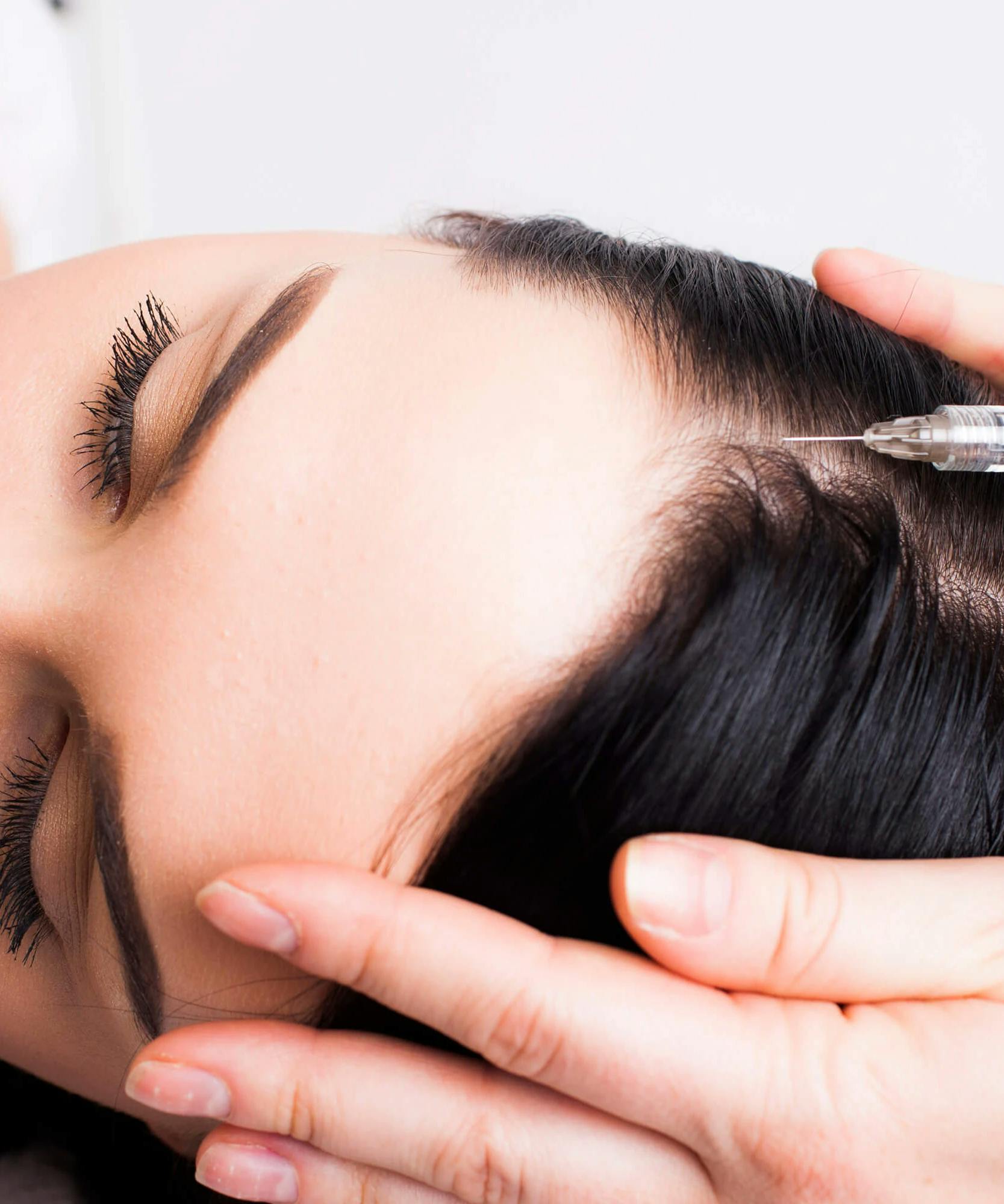The Side Effects Of Botox You Need To Know About Before Your Injection
It’s hip, it’s cool, it’ll make you look young, and it’s...one of the deadliest toxins known to mankind?!

By now you’ve probably heard all the buzz about Botox. After all, it’s one of the fastest-growing cosmetic procedures in the world. Touted for its abilities to smooth the appearance of wrinkles and fine lines, this FDA-approved anti-aging treatment is embraced by doctors, celebrities, and thousands of people across the world. Who can blame them? The idea of having tight, youthful-looking skin can appeal to just about anyone — I’d be lying if I said I haven’t thought about it once or twice. Botox has quite the reputation, to say the least, but what do we really know about it?
What Exactly Is Botox?
With Botox having such a positive reputation, you’d think the ingredients would be generally harmless, but it’s quite the opposite. The name “Botox” is actually a shortened term for botulinum toxin, one of the deadliest toxins known to mankind. It’s this toxin’s lethality that led the U.S. Centers for Disease Control and Prevention (CDC) to consider it to be one of the six greatest biological threats to civilians. Seriously, botulinum toxin makes cyanide look like child’s play.
This neurotoxic protein is derived from Clostridium botulinum, the bacterium known to cause the fatal illness botulism. Though Botox was previously believed to lack the ability to spread to the central nervous system, the U.S. Food and Drug Administration (FDA) issued a warning to the Botox label in 2009, stating that botulinum toxin may spread from the area of injection to produce symptoms consistent with botulism.
Over the past 20 years, the number of cosmetic Botox procedures has increased more than 700%.
However, despite the toxin’s dangerous nature and potential to cause serious side effects, it’s approved for both medical and cosmetic use due to its minute dosage. This may sound like a reasonable enough justification, but is that really all there is to it?
How Does Botox Work?
Botox works by preventing the release of acetylcholine, the neurotransmitter responsible for signaling muscle movement. As a result, nerve signals to muscles are blocked, causing temporary, localized muscle paralysis.
The paralyzed muscles keep the face from contracting in order to prevent wrinkles and lines caused by our everyday expressions. However, because the effects of Botox wear off after about three to six months, “lasting” results are dependent on frequent and continual injections.
Over six million Botox treatments are performed every year.
What could possibly go wrong with repeatedly tampering with your neurotransmitters and paralyzing your muscles over a long period of time? Not enough long-term studies exist to say for sure, but one can make an educated guess.
What Are the Risks?
The mainstream point of view in regard to toxins almost always boils down to “the dose makes the poison.” We’re told that because Botox injections contain only a minuscule amount of toxin that we should not fret. This narrative has led us to believe that the risks are far and few, but is this really the case?
Muscle Atrophy
Because continual Botox injections repeatedly cause denervation, the surrounding muscles begin to atrophy (waste away) and become weaker and flatter over time. Many speculate that this loss of muscle can make the skin look even thinner and saggier over time. So much for “anti-aging”!
Muscles surrounding the injection site begin to atrophy.
Additionally, a 2010 study found that animals injected with Botox experienced muscle weakness and atrophy far from the site of injection, meaning Botox has the potential to affect more of our body than just the injected muscle.
Nerve and Brain Impact
Preventing the release of acetylcholine through chemical denervation can be problematic because not only are imbalances in levels of acetylcholine linked to neurological conditions such as Alzheimer’s and Parkinson’s disease, but it also yields a risk for potential nerve damage.
The “safe” injections deprive the brain of sensory inputs caused by everyday facial expressions which can cause a loss of cortical brain activity in both hands. In addition to affecting the sense of touch, a 2011 study found that subjects with Botox injections were less able to read the emotions of others. Research suggests Botox also makes it more difficult for a person to feel their own emotions.
Research suggests Botox makes it more difficult for a person to feel their own emotions.
Some argue that Botox is relatively safe to inject because the toxin can’t cross the blood-brain barrier, but studies in rodents have shown that a small amount of botulinum toxin is capable of crossing the blood-brain barrier.
The Common Side Effects of Botox
Botox side effects range anywhere from a runny nose to death. Though side effects from cosmetic Botox are said to be rare, it’s important to note that milder side effects are oftentimes overlooked and underreported. Some common side effects of Botox include:
difficulty swallowing
muscle weakness
poor eyelid closure
common cold
backache
bronchitis
difficult/painful urination
headache
low energy
nausea
neck pain
urinary tract infection
Botox Alternatives
Safer ways to improve the appearance of the skin without injecting Botox include:
Facial acupuncture
Cryotherapy facial (frotox)
Facial yoga
Facial massages
Gua sha
Consumption of collagen-rich foods
Red light therapy
Peptide serum
Frownies patches
Hydration
Adequate sleep
Holistic wellness
No amount of Botox or filler can match the effects of healthy skin that glows with vitality.
Closing Thoughts
Botox may sound appealing at first, but after researching the potential impact it could have on our bodies, I’d approach the idea of getting Botox with caution. The long-term effects of Botox aren't well studied, and the mechanism responsible for the diffusion of Botox isn't known. True youthfulness and vitality can be achieved when we actively love on our bodies through holistic self-care. In my opinion, the best anti-aging treatment, above all else, is a happy heart and a smiling face!